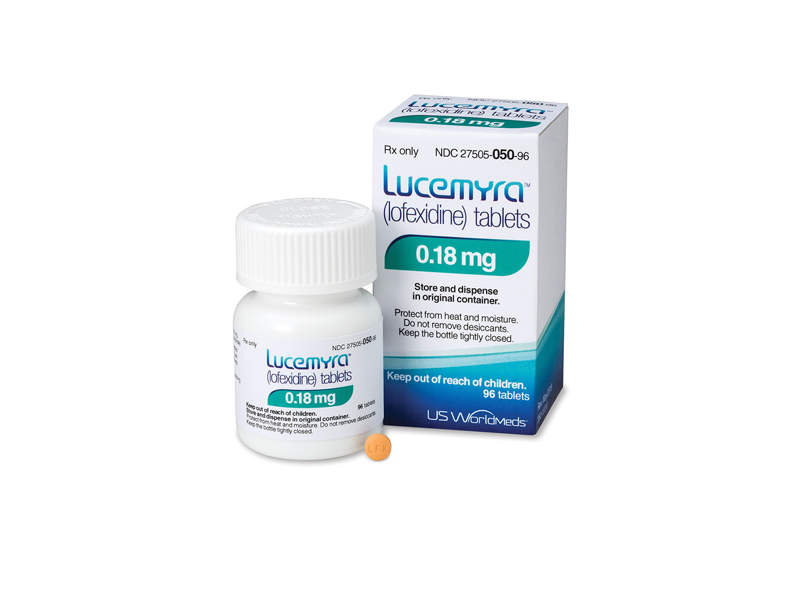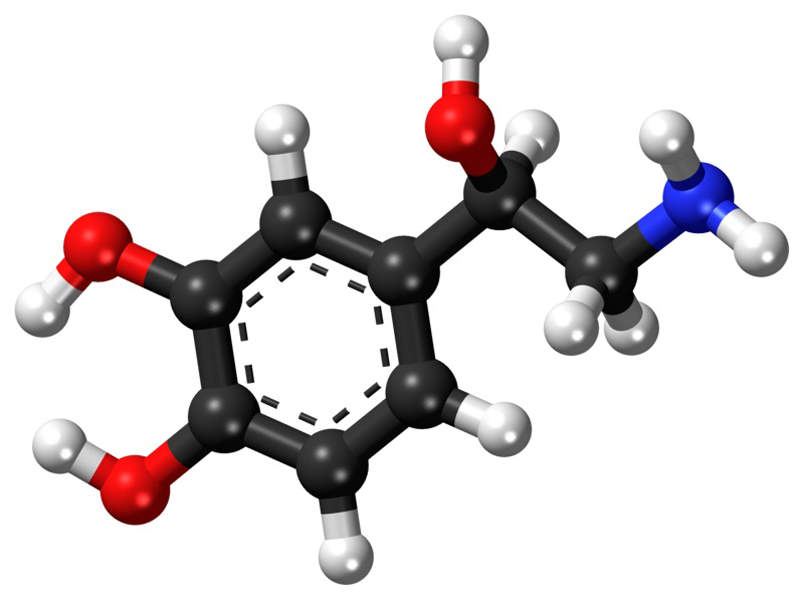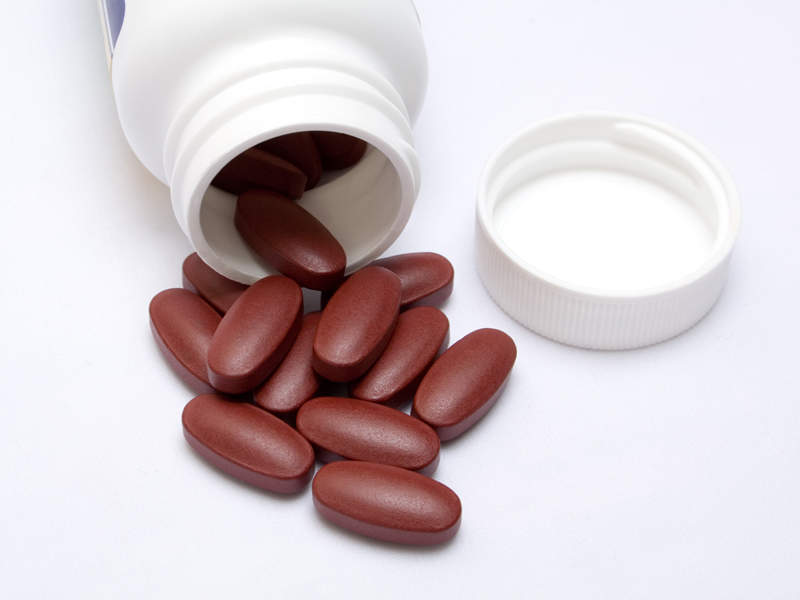Lucemyra™ (lofexidine) is a non-opioid medication indicated for the mitigation of opioid withdrawal symptoms.
Discovered and developed by US WorldMeds, the new drug application (NDA) for Lucemyra™ was accepted and granted priory review designation by the US Food and Drug Administration (FDA) in November 2017. The FDA later approved the drug in May 2018.
Lucemyra™ is expected to be launched in the US market in August 2018.
Opioid withdrawal causes and symptoms
The use of opioids results in the reduction of norepinephrine, a brain chemical that supports key functions, including respiration and consciousness.
Abrupt withdrawal of opioid significantly increases norepinephrine levels and produces acute and severe symptoms of withdrawal, including body aches, muscle spasms, muscular tension, insomnia and runny eyes.
According to the estimates of the National Institute on Drug Abuse (NIDA), between 26.4 and 36 million people worldwide abuse opiate drugs, prescription pain relievers and heroin.
Lucemyra’s mechanism of action
Lucemyra™ contains a central alpha 2-adrenergic agonist, which decreases the release of norepinephrine. This reduces the neurochemical surge that produces withdrawal symptoms.
The drug is available in 0.18mg dose tablets for oral administration and can be administered four times a day.
Clinical trials on Lucemyra
A Phase III clinical development programme of Lucemyra™ consisted of four clinical studies, enrolling more than 1,217 patients.
The first trial in the programme was terminated early as the drug showed significantly better efficacy compared to placebo. The second study evaluated Lucemyra™ 3.2mg/d compared to placebo, enrolling a total of 134 patients in the Lucemyra™ group and 130 in the placebo group.
The third studies were conducted in two parts (3.1 and 3.2). These pivotal Phase III studies intended to establish the efficacy and safety of Lucemyra™.
Study 3.1 enrolled patients who were using long-acting opioids, including methadone and buprenorphine. The study compared Lucemyra™ 2.4mg/d and 3.2mg/d with placebo using a randomisation scheme of 3:3:2 and planned active treatment for seven days. A total of 230 patients were enrolled in the Lucemyra™ 2.4mg/d group, 222 were enrolled in the Lucemyra™ 3.2mg/d group, and 151 in the placebo group.
The open-label 3.2 safety study enrolled 286 patients from the Lucemyra™ 3.2mg/d group.
Results from 3.1 and 3.2 showed that the patients treated with Lucemyra™ displayed fewer withdrawal symptoms and were more likely to complete a seven-day opioid discontinuation therapy compared to placebo.
The side effects found in people treated with Lucemyra™ included lightheadedness, slow heart rate, sleepiness and dry mouth.
Marketing commentary on US WorldMeds
Headquartered in Louisville, Kentucky, US, WorldMeds is a speciality pharmaceutical company that conducts pioneering research and product development in new therapeutic areas.
It has a presence worldwide with more than 15 years of experience in the development, licensure and commercialisation of unique products.
US WorldMeds has developed Lucemyra™ in collaboration with the National Institute on Drug Abuse, which is a part of the National Institutes of Health.










